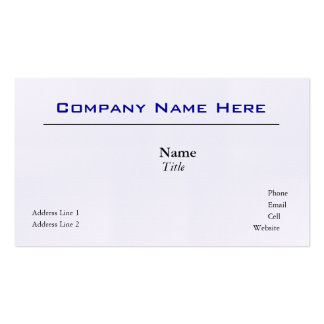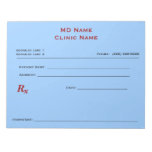So often a prospective client approaches me for Google AdWords Services because they have heard AdWords is great for lead generation. But, sometimes a prospective client may need a quick review on how not to use AdWords. Here’s my short list to help demystify what AdWords is and is not.
How Not to Use AdWords
- Do not use AdWords if your ad budget will preclude you from participating in the “real” money keyword auction. If you want to spend $1,500 per 30 days and AdWords says your keywords need a maximum cost per click of $23 to appear on the first page of results, do not expect to get lead conversions — your program will only show on peripheral keywords and so the traffic you get from AdWords may never convert to your expectation. If your budget is this low and your click cost that high, consider investing instead in AdWords Express or other forms of low-cost advertising like Facebook or Twitter ads. Or change your expectations from 100 new leads a month to maybe one per month.
- Do not use AdWords if you are already having money issues. It can take sometimes as long as 60 to 90 days or even longer for a program to really start generating leads and sometimes the reality is that the leads generated are lower than a prospective client may have expected. Understand that the conversion rate of a typical eCommerce store is lower than two percent. Do not move into AdWords expecting conversion numbers of 20 percent or higher when they may really be closer to two percent. And remember, as the cost of your product or service moves up, your conversion numbers will move down.
- AdWords is not really the place for a business that is already floundering financially. Google will spend whatever you allot to it without real regard for your desired conversion dreams. Get your account manager to help you understand the average cost per click and potential conversion numbers before you start advertising. Although your results are all dictated by the auction marketplace, if your product and services are over-priced and are not selling for other market-driven reasons, promoting them on AdWords will not bring sales. Fix the real problem with your sales and market competitiveness first.
What AdWords Really Can Do
- AdWords really can drive leads and grow your business. That’s the good news. I’ve done it and seen it happen. The key is to be competitively priced, offer something for sale or as a service that is of value —AdWords can expose your products and services to a wide audience that you may never have been able to reach without it.
- Your AdWords program can pay for itself and generate profit for your business. It does not happen the day your program starts running typically — although I have seen it do just that for some businesses. But most sales and leads typically happen in week two or three after start.
- AdWords is hands down the best lead generator that I have found for my clients and I feel that it provides reach and exposure that is unparalleled. But your budget must be high enough to really be able to support performance based on your industry. A software firm that spends $1,500 a month will get very different conversion results than a similar software firm that spends $8,000 a month.











































